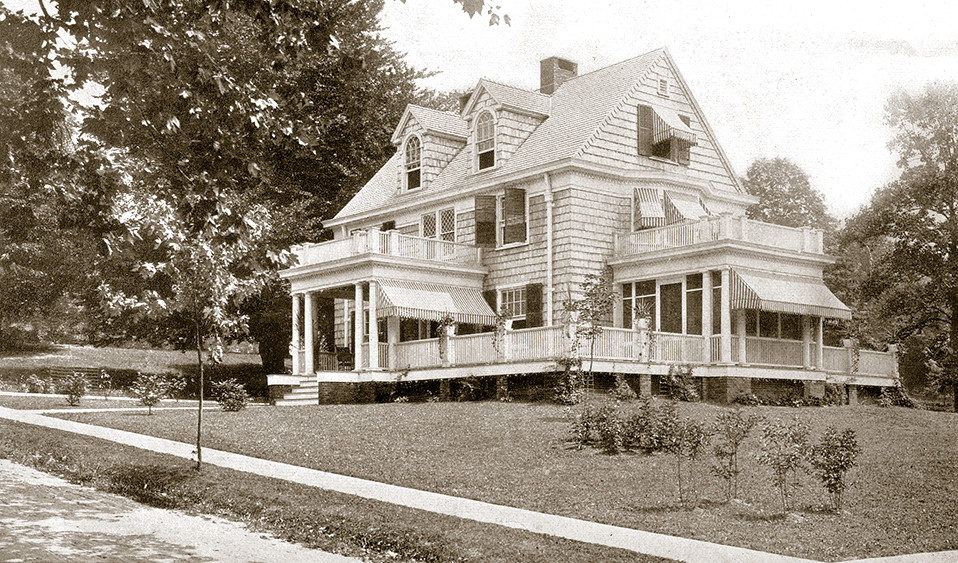By the time that Scott and Zelda Fitzgerald moved into their rented house in Great Neck in 1922, the development of Long Island had been well-underway for three decades.
And Robert MacKay’s new book, Gardens of Eden, chronicles it all.
“It has to do with a new lifestyle where people live in the country and commute to work,” he says.
They were able to do that because of new innovations in transportation – like the 59th Street Bridge, completed in 1909, and the Long Island Railroad Tunnel, finished a year later. Planned communities – a lush, green step away from the mid-19th century townhouse trend – awaited them in the countryside by the water.
“They were trying something very new, making the break from row houses to these communities that are self contained – usually with entry gates and houses set back and sidewalks moved away from curbs by six feet,” he says.
There were also a wide variety of architectural styles and an emphasis on horticulture and recreation. Stanford White designed Garden City’s exquisite casino in 1905, and Frank Lloyd Wright would step up to design a Great Neck residence also, though not ’til 1936.
“One firm, Kirby Pettit and Green certainly did more than any other – they evolved as planned community specialists,” he says. “And Charles Leavitt was the landscape architect.”
Where Quaker farms and forests once stood, entire villages popped up. Many of them incorporated themselves after developers left, to become their own municipalities under New York law. The result: two cities, 13 towns and about 100 incorporated villages.”It was a sea change for governance on Long Island,” he says. “We are the land of home rule.”
Better yet, the big-moneyed set in the nearby country houses and huge estates would give Scott Fitzgerald all the background and inspiration he’d need to get started on “The Great Gatsby” – sequestered as he was, away from it all in a tiny room heated with only an oil stove, atop a garage in his Long Island rental.
For more, go here.
[slideshow id=1483]


